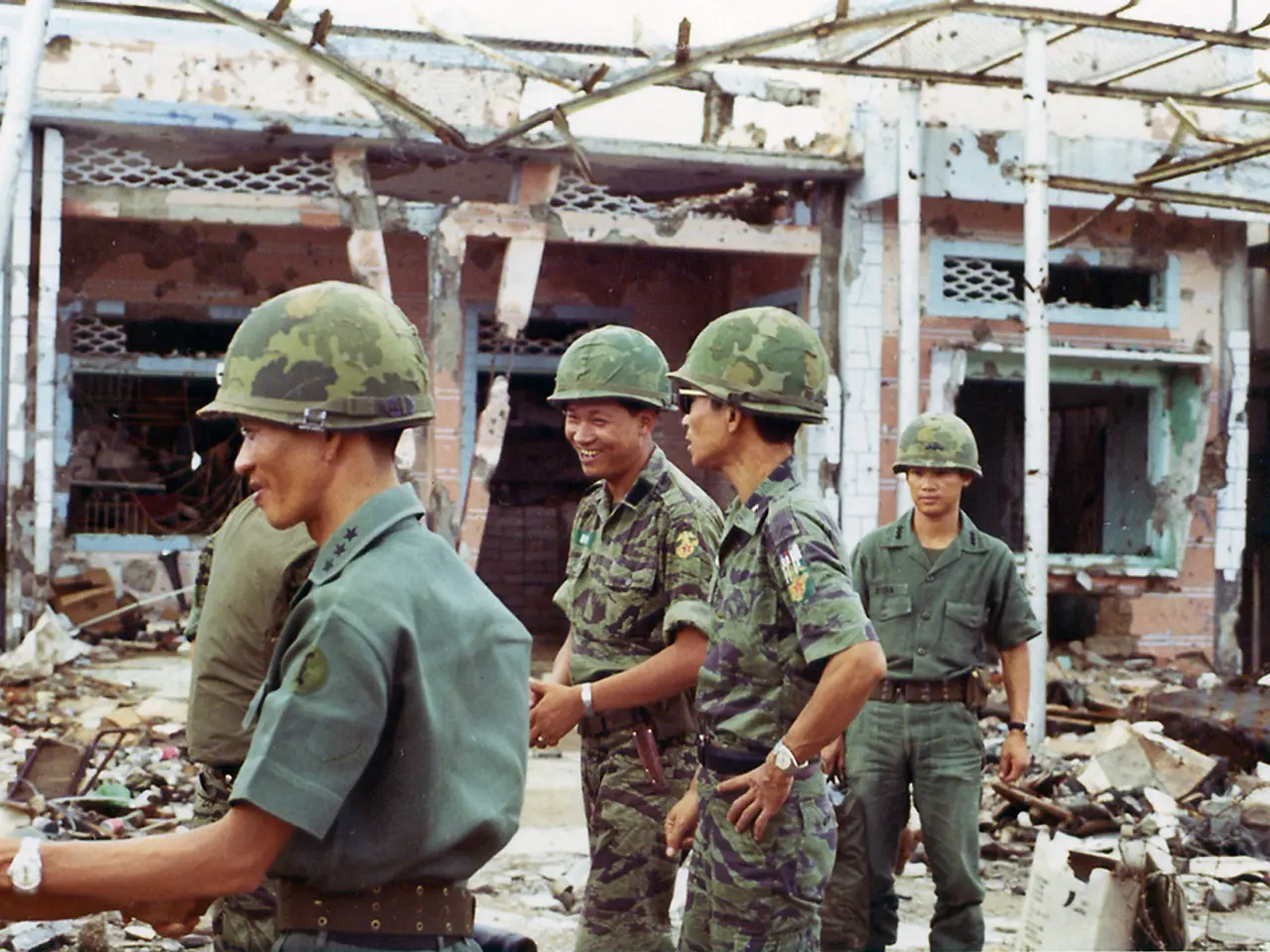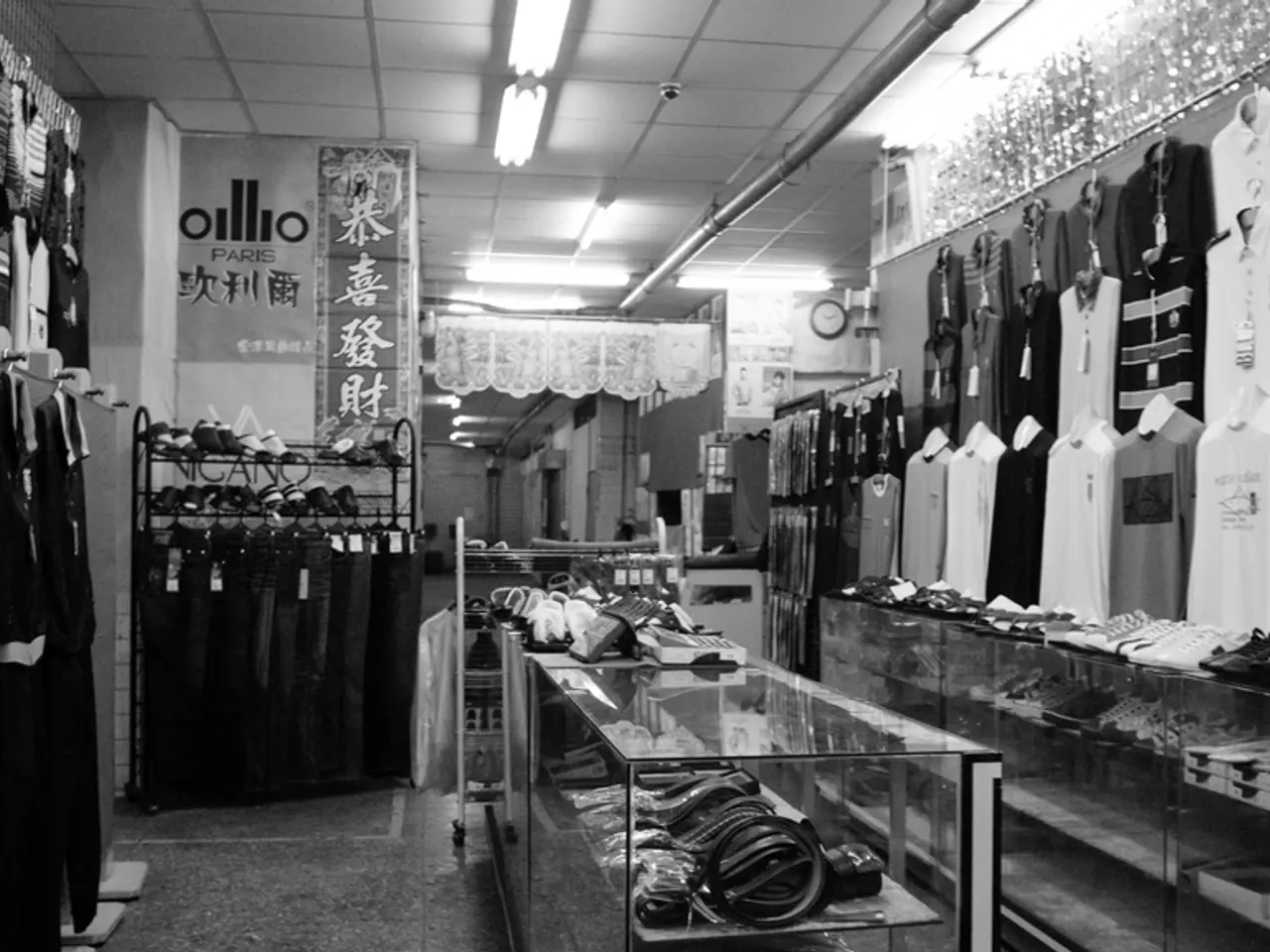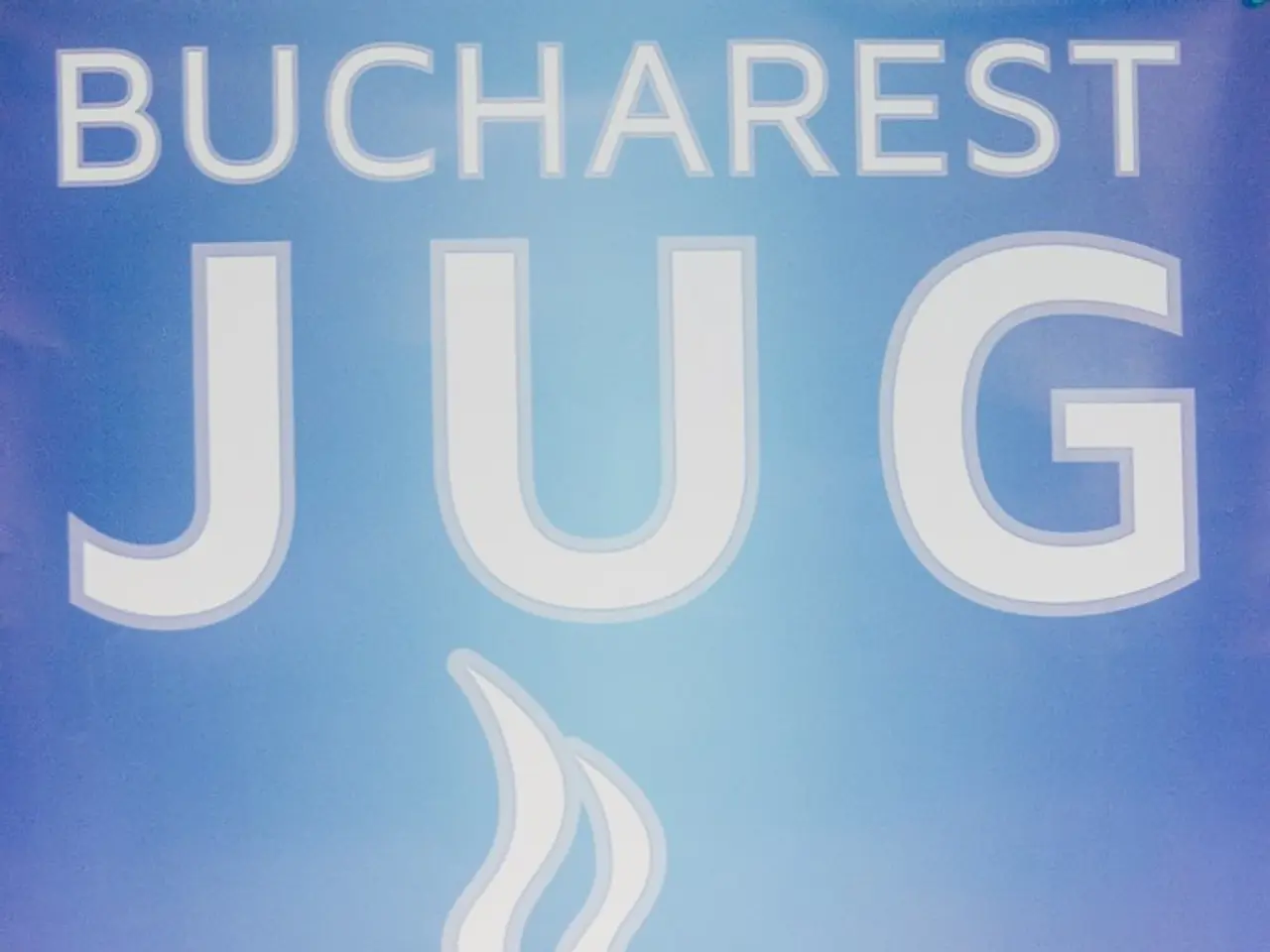Housing Policy Miseries Illustrated Through The Lens of The White Colossus
In the heart of Duisburg, the demolition of one of the notorious "White Giants" high-rise buildings marks a significant milestone in the transformation of the Hochheide housing estate. Once symbols of modern living, these towering structures have long been associated with social and environmental issues, but the recent demolition signals a new chapter for the area.
The "small White Giant," standing 63 meters tall with 22 floors and 160 apartments, stood empty since 2020. Its controlled explosion on Sunday was part of a broader effort to improve the neighbourhood, including the creation of a 6.5-hectare city park on the site of the demolished buildings [1][3]. The process involved careful dismantling due to hazardous materials like asbestos and the building’s location in a densely built area, reflecting the complexities of managing urban renewal there.
Many residents still have a strong emotional and social connection to Hochheide, despite the area's challenges. Local media have worked to humanize the district and give voice to these community perspectives, showing that the neighbourhood's identity is more than just its urban problems [1].
Living conditions in Hochheide are in transition, reflecting ongoing urban renewal efforts to address past neglect and improve the area. North Rhine-Westphalia's Minister of Construction, Ina Scharrenbach, sees the demolition of the three buildings as a "significant step towards upgrading the residential area" [3].
The city aims to renovate the Hochheide housing estate with its three remaining blocks of the same design. Britta Kurtz, the Left's direct candidate, proposes regular social counseling, leisure activities for children and young people, open meeting points for families, and low-threshold counseling to support residents [2].
However, challenges persist. Residents like Elena have observed neighbours throwing trash out of windows, but have not seen sufficient action taken by landlords or housing associations [2]. Many Romanians and Bulgarians in Duisburg reside in precarious conditions, often exploited by entrepreneurs and landlords, paying exorbitant rents [2].
Large-scale social fraud was detected in the high-rise settlement in Duisburg. Delivery companies like DHL have refused to deliver packages or only did so with security personnel due to safety concerns [2]. Despite these issues, the city's authorities and the police often carried out "administrative measures" that were widely reported in local and tabloid media, reinforcing widespread prejudices [2].
Mahmut Özdemir, an SPD representative, supported the demolition of the three giants as the owners did not ensure improved living conditions [2]. Elena has not seen a social worker in the neighbourhood, and many residents are not reached or do not accept the offers of support from the neighbourhood and municipal district office, along with social work [2].
The Integrated Urban Development Concept (ISEK) for Hochheide aims to create open spaces with the new quarter park to promote integration and develop Hochheide into an attractive residential area again [1][3]. Britta Kurtz emphasizes the need for clear information, open communication, and genuine participation from the beginning of the process, not just at the end [2].
As the demolition of the "White Giants" continues, the future of Hochheide remains uncertain, but the community's resilience and the city's renewal efforts offer hope for a brighter future for this troubled housing estate.
References: [1] Duisburger Nachrichten. (2022, March 28). Der letzte "Weisse Riese" fällt: Duisburgs Hochheide wird umgestaltet. Retrieved from https://www.duisburger-nachrichten.de/duisburg/stadt/der-letzte-weisse-riese-fallt-duisburgs-hochheide-wird-umgestaltet-17511541
[2] Duisburger Nachrichten. (2022, March 29). Wohnungslücke und sozialer Zusammenhalt: Wie Duisburgs Hochheide sich verändert. Retrieved from https://www.duisburger-nachrichten.de/duisburg/stadt/wohnungsluecke-und-sozialer-zusammenhalt-wie-duisburgs-hochheide-sich-veraendert-17513626
[3] Westdeutsche Allgemeine Zeitung. (2022, March 28). Der letzte "Weisse Riese" in Duisburg fällt: Hochheide wird umgestaltet. Retrieved from https://www.waz.de/duisburg/der-letzte-weisse-riese-in-duisburg-fallt-hochheide-wird-umgestaltet-36105852
- The demolition of the "White Giants," including the smaller one that stood 63 meters tall and once housed 160 apartments, is part of a broader financial investment in the urban landscape, with the goal of transforming the Hochheide housing estate and creating a city park on the demolished sites.
- While the process of urban renewal in Hochheide is ongoing, there are challenges in investing in the area, such as dealing with hazardous materials and meeting the needs of residents like Elena who have not seen sufficient action taken by landlords or housing associations against neighborhood crime, like trash being thrown out of windows.
- In addition to physical transformation, there is also a focus on improving social infrastructure, with politicians like Britta Kurtz proposing initiatives such as regular social counseling and open meeting points for families to support residents and make the area more appealing for general-news readers and crime-and-justice reporters.




